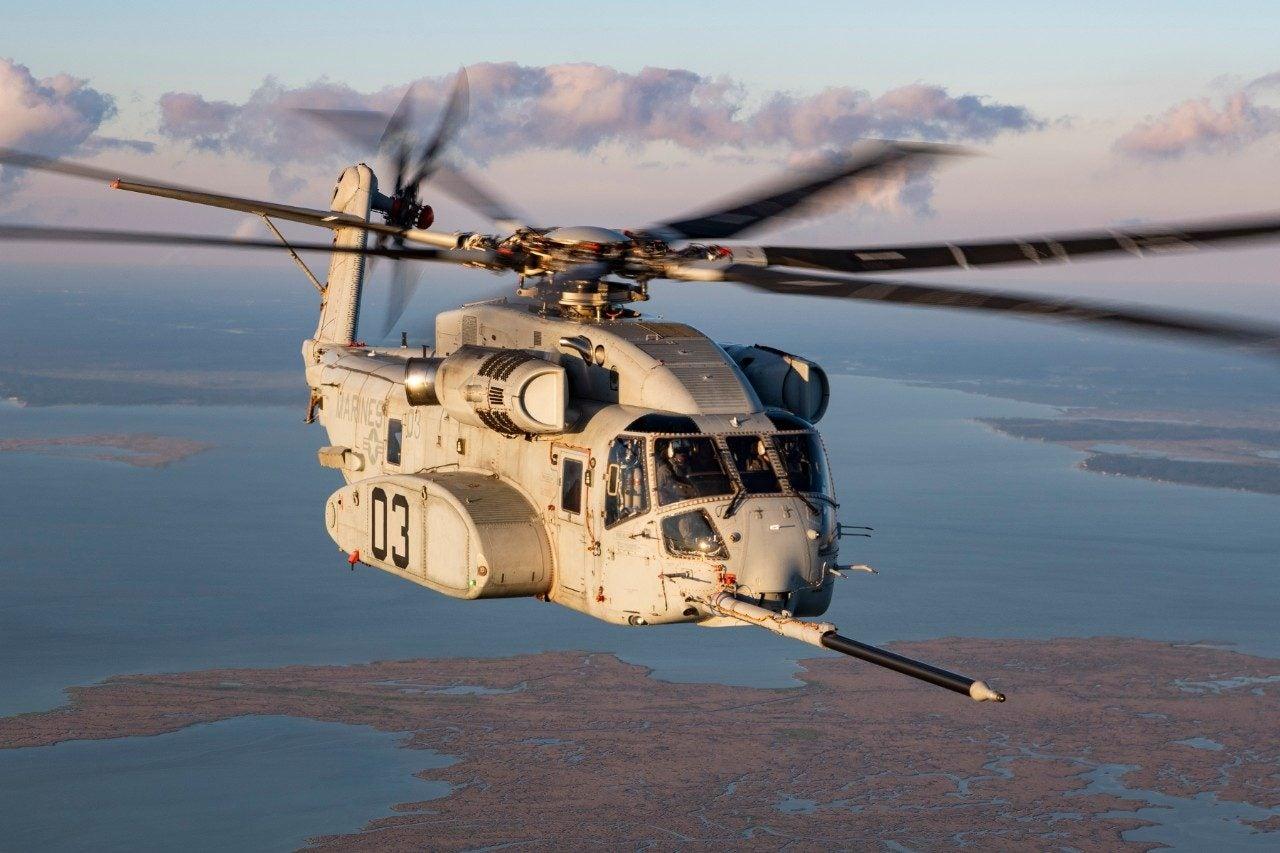
The new helicopter is able to lift 36,000 pounds and is aimed to replace the CH-53E Super Stallion, which has operated as the backbone of field logistics for the USMC since the mid-1980s.

On Apr. 4, 2017 the Pentagon has approved the U.S. Navy’s request for the CH-53K King Stallion heavy lift helicopter program to enter into the Production and Deployment.
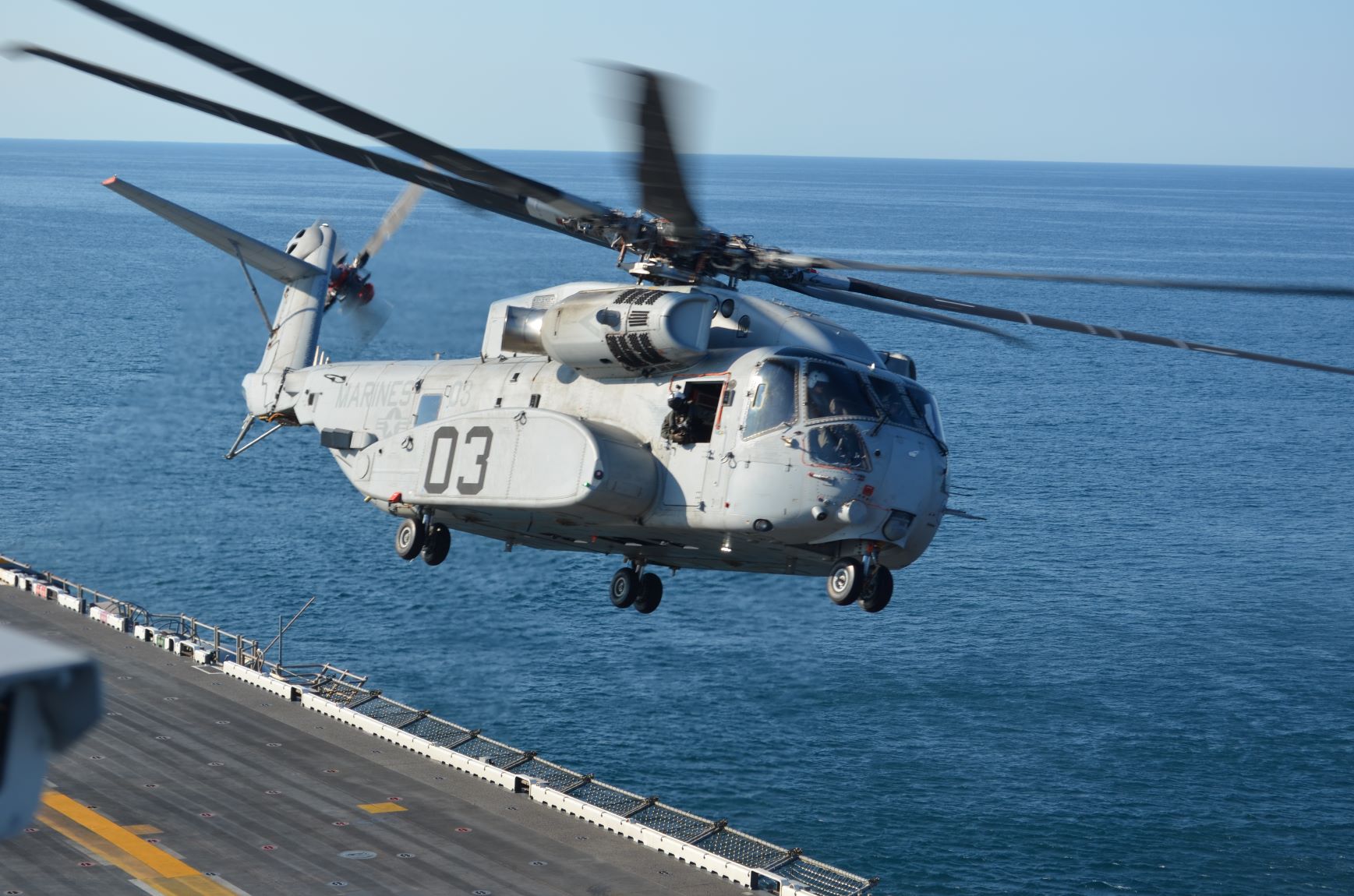
“We have just successfully launched the production of the most powerful helicopterour nation has ever designed. This incredible positive step function in capability is going to revolutionize the way our nation conducts business in the battlespace by ensuring a substantial increase in logistical throughput into that battlespace.
The CH-53K King Stallion is indeed an exciting addition to the United States Marine Corps’ helicopter fleet. As a next-generation heavy lift helicopter, it offers enhanced capabilities and performance compared to its predecessor, the CH-53E Super Stallion. Here are some reasons why the CH-53K King Stallion is generating excitement:
- Increased Lift Capacity: The CH-53K King Stallion boasts significantly increased lift capacity compared to the CH-53E Super Stallion. It has the capability to lift heavier loads, including larger and more diverse types of equipment and vehicles, which enhances the Marine Corps’ ability to support various mission requirements.
- Advanced Technology: The CH-53K incorporates advanced technology and modern systems. It features state-of-the-art avionics, fly-by-wire flight controls, and improved sensors, which enhance situational awareness, flight control, and overall operational effectiveness.
- Enhanced Performance: The CH-53K is designed to operate in challenging environments, including high-altitude and hot temperature conditions. It has improved maneuverability, range, and endurance, allowing it to efficiently transport personnel, equipment, and supplies over longer distances and in harsher environments.
- Reduced Maintenance Requirements: The CH-53K incorporates various design improvements aimed at reducing maintenance needs and increasing the aircraft’s overall availability. It has a digital maintenance management system that enhances maintenance planning and reduces the overall life-cycle cost of the aircraft.
- Future Growth Potential: The CH-53K has been designed with future growth in mind. Its modular and open architecture allows for future technology upgrades and the integration of new capabilities as they become available, ensuring the helicopter remains relevant and adaptable to evolving operational requirements.
The CH-53K King Stallion is expected to provide the Marine Corps with enhanced heavy lift capabilities, allowing them to efficiently transport personnel and cargo in support of a wide range of missions, including humanitarian assistance, disaster relief, and amphibious operations.
Please note that the information provided is based on my knowledge up until September 2021, and there may have been further developments regarding the CH-53K program since then. For the most up-to-date and accurate information, I recommend referring to official sources or reputable defense news outlets.
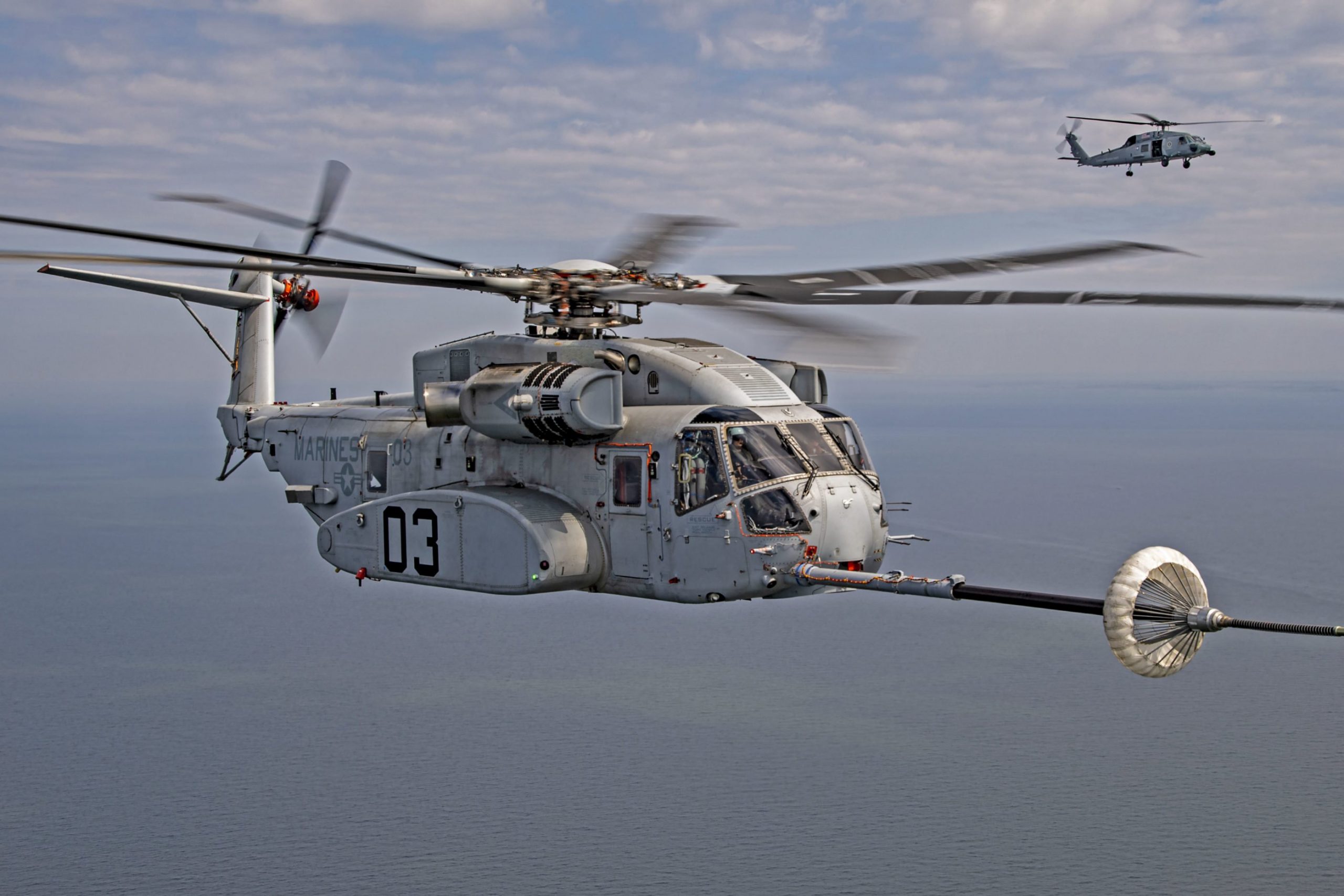
I could not be prouder of our government-contractor team for making this happen,” explained Col Hank Vanderborght, U.S. Marine Corps (USMC) program manager for the Naval Air Systems Command’s (NAVAIR) Heavy Lift Helicopters program, PMA-261. NAVAIR said in a press release that production is expected to begin in June.2017 at Sikorsky’s facility in Stratford, Conn., and that each helicopter has a flyaway cost of $87.1 million. Noteworthy a Defense Department official had told Reuters Reuters that the contract calls for the production of 200 CH-53Ks.
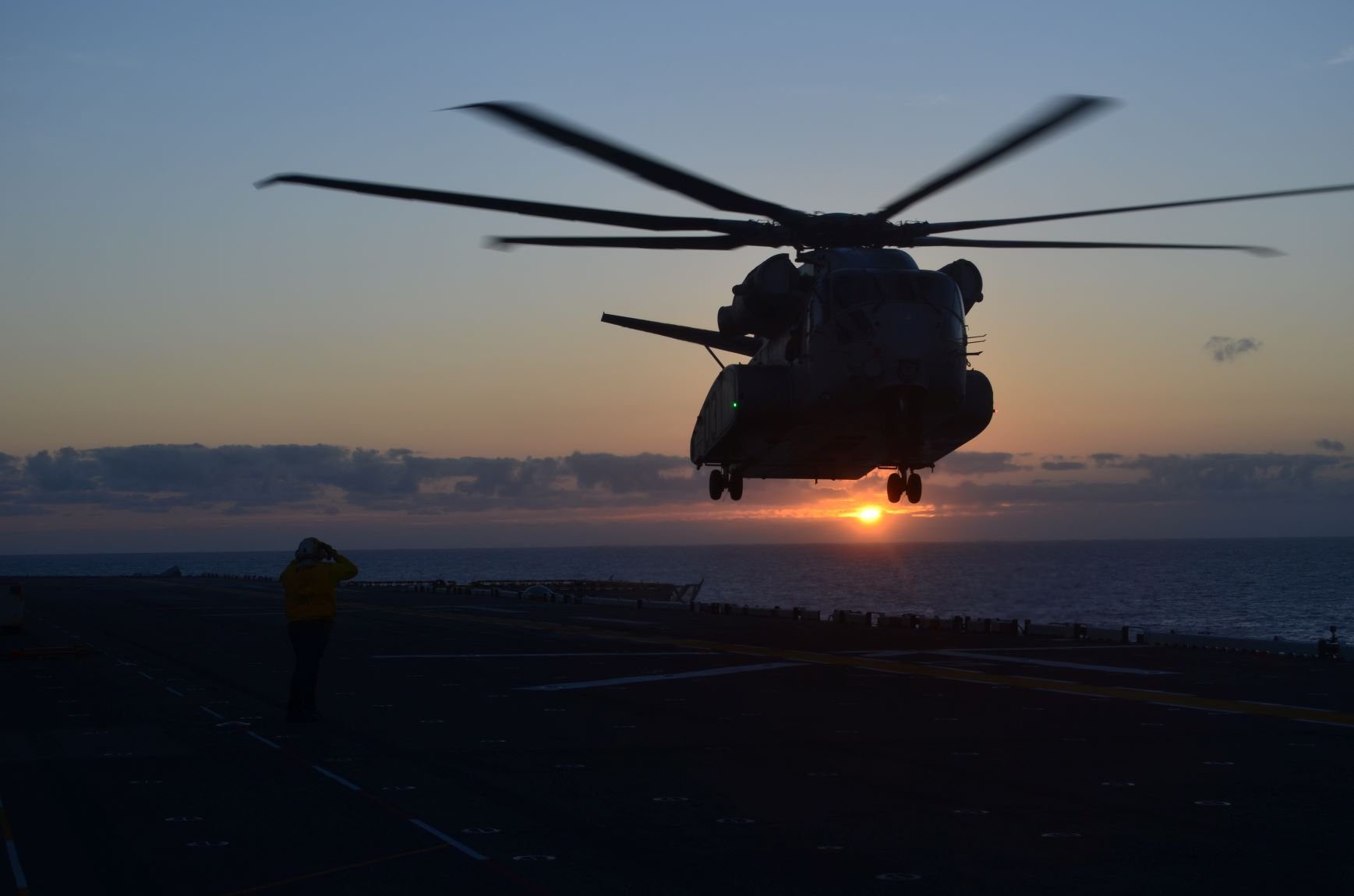
The new helicopter is able to lift 36,000 pounds and is aimed to replace the CH-53E Super Stallion, which has operated as the backbone of field logistics for the USMC since the mid-1980s. With four aircraft in test, the CH-53K has logged over cumulative flight hours to date.
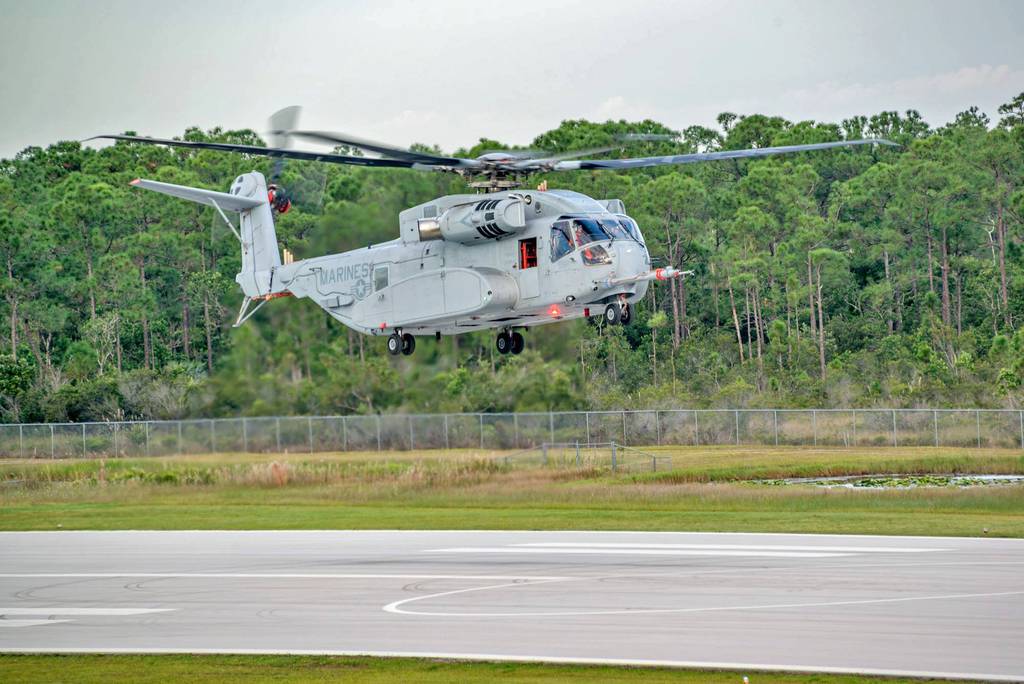
Initial operational capability (IOC) continues on pace for 2019 and is defined as having four aircraft, with combat-ready crews, logistically prepared to deploy. The USMC wants to stand up eight active duty squadrons, one training squadron, and one reserve squadron to support operational requirements.






